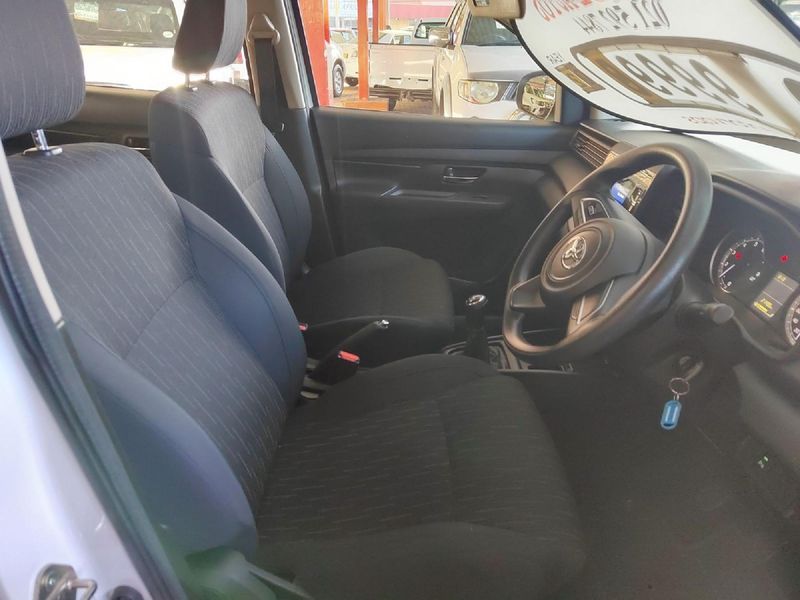
The dealer documentation fee covers the cost of administrative tasks associated with a car purchase. The destination fee covers the cost of a vehicle’s shipment from the factory to its point of sale, which is usually a dealership. Other than sales tax, here are some additional fees that you might be responsible for when you purchase a vehicle: What additional fees will I incur from a car purchase? Most states, however, allow a trade-in credit to offset the taxable amount of a car purchase.
#Used car loans calculators full
Paying separately can usually be done at the dealership, but you may need to pay the sales tax amount at your local DMV if you’re purchasing a vehicle at an out-of-county or out-of-state dealership.īe sure to research how sales tax works for car purchases in your state – some states charge tax on the full price of the car you’re buying, while others charge no tax at all. You can decide whether to include the sales tax amount within your car loan or pay it in full separately from your car loan. This means that you’ll be taxed based on your primary residence rather than the location of the dealership. Sales tax is a percentage of the car price that you owe to your state and county in which you’ll be registering your vehicle. You can increase your credit score over time by paying your bills and debts on time, maintaining a low debt-to-income ratio, keeping your credit card balance low and minimizing the number of accounts you open prior to your vehicle purchase. The average interest rate will be higher during periods of economic uncertainty, but a higher credit score can help you secure a lower interest rate in comparison. Interest rates are typically determined by economic factors and your individual credit score. It serves as the price you pay for borrowing money from a financial institution. The car loan interest rate is an annual percentage of the amount of money that you finance. An upside-down car loan means that the amount you owe exceeds the value of your car, so you’ll be required to pay the difference if you choose to sell or trade in your car. This typically ranges from 12 to 84 months in 12-month increments.Īlthough longer term loans (such as 72- and 84-month loans) will require lower monthly payments, they pose added risk because they increase the likelihood that you’ll be upside down on your loan. The car loan term is the length of time that you’ll be paying back the amount of money you borrowed. This number will include an amount toward the principal loan and an amount toward interest, and it’s the minimum that you’ll be required to pay each month for the length of your loan. After you’ve chosen the terms of your loan, you’ll then be able to calculate your monthly payment. The length that you choose can impact the interest rate, so it’s important to calculate how much you’ll be paying in interest over time. Once you’ve been approved, you’ll usually have options for the loan term. When filling out a car loan application, you’ll need to provide some personal information, such as your name, address, employment and financial history so that the lender can assess your ability to repay the loan. This gives you leverage when negotiating financing terms, so the dealership may match or beat the terms that you obtained from the direct lender to secure your financing business.

It’s advantageous to shop around and get preapproved for a loan prior to arriving at the dealership.

Dealership financing can be secured after you’ve arrived at the dealership and negotiated a vehicle purchase.Īuto loans that you obtain from dealerships usually come from the captive lending department associated with the automaker of the vehicle you’re purchasing, but dealerships can also help you find rates from third-party institutions with which they partner. Direct loans come from a financial institution, such as a bank or credit union, and can be secured prior to visiting a dealership for a vehicle purchase.

There are usually two options for choosing a lender: direct lending and dealership financing. To begin the car loan process, you first need to choose between the type of lender that you want to use. When you secure a car loan from a financial institution, you borrow the money required to purchase the car and pay it back over time with an annual percentage interest rate.


 0 kommentar(er)
0 kommentar(er)
